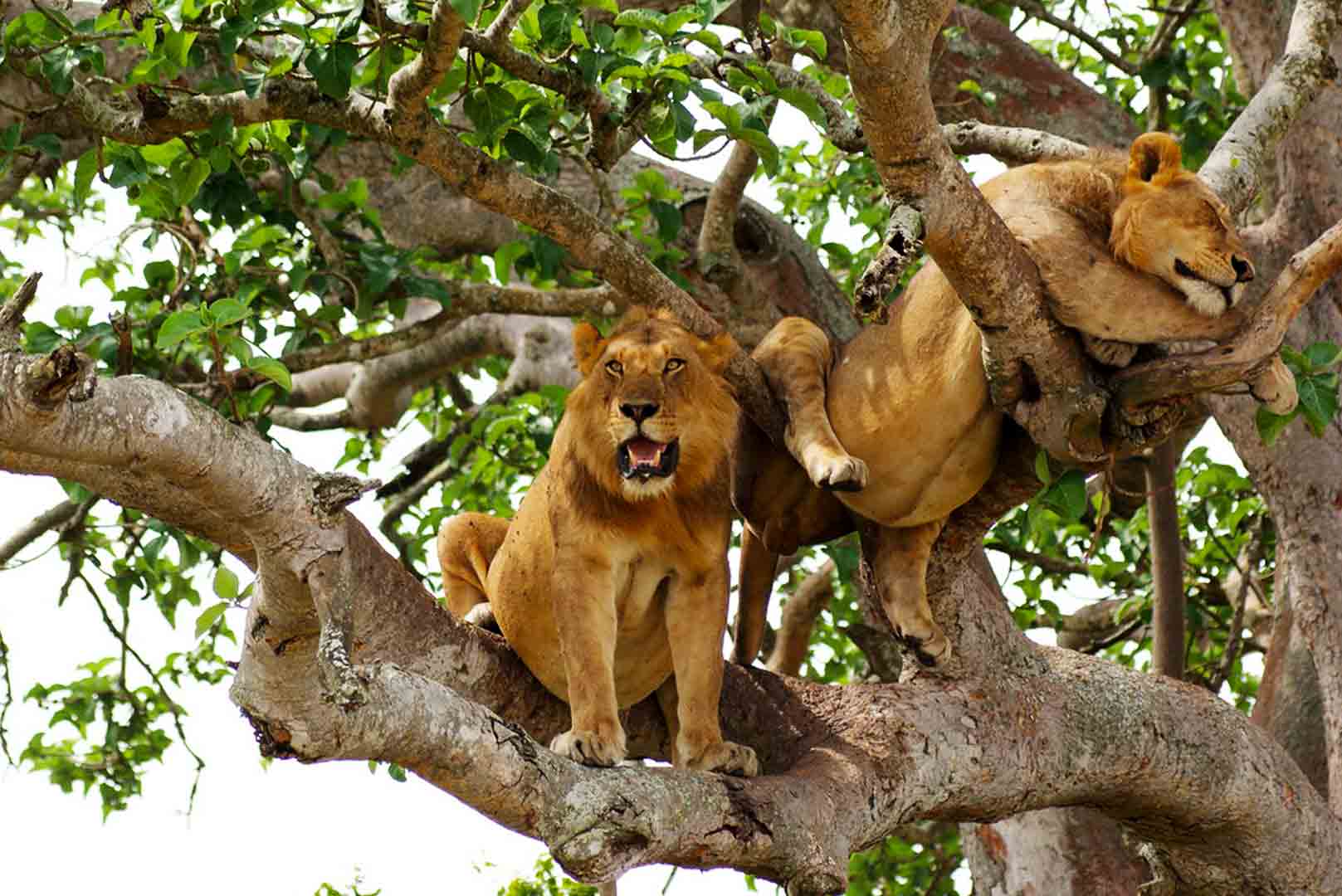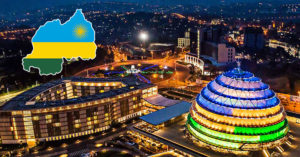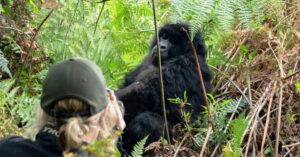Tree Climbing Lions in Ishasha Sector : Tree climbing lions are the reason for the fame that the southern part of Queen Elizabeth national park (ishasha) gets from the world tourism industry. The tree climbing lions draw 1000s of tourists from all around the world to the national park. They are a star attraction and a breath taking experience for the tourists that visit east Africa.
The tourists get lost of words and stay amazed when they come to visit Queen Elizabeth national park’s mysterious behaved cats (tree climbing lions) that climb in the top of the trees and hug up there with a lot of ease. A tourist can get to spot over a guestimate of 50 lions sleeping in the trees.
When you spot the tree climbing leopards during one of your game drives, you will assertively confirm the unique characteristic of the big cats of ishasha found in Queen Elizabeth national park- Uganda.
Where to track tree climbing lions in Uganda
Visitors to the Ishasha area of Queen Elizabeth National Park are encouraged to utilize 4×4 safari vehicles. The Ishasha sector is accessible via western Uganda’s Kihihi, Ishaka, and Rukungiri districts. Visitors can also utilize the Mweya peninsular to go to the Ishasha sector, which would take around 2 hours.
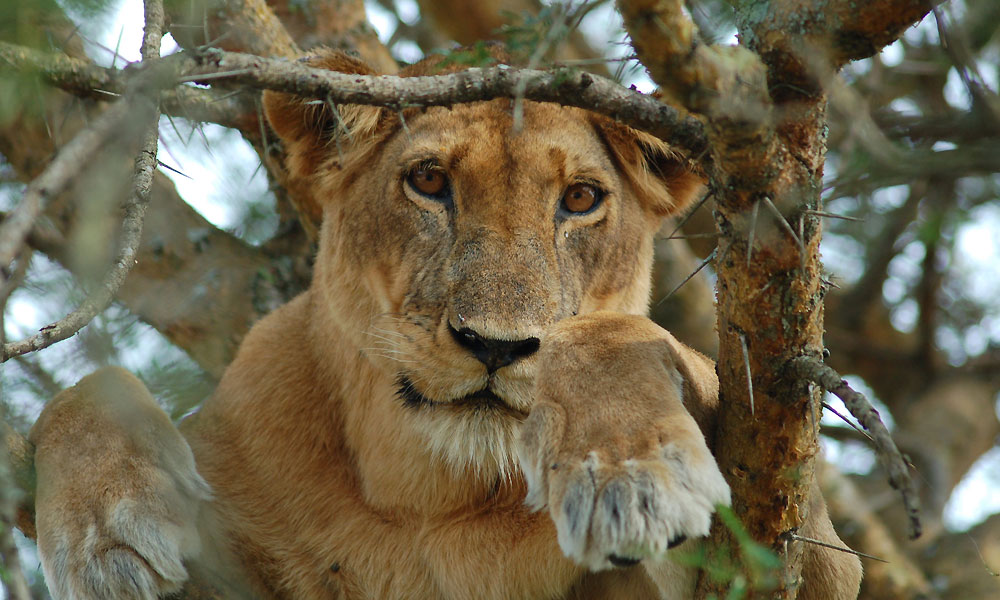
Why tree-climbing lions climb
There are two assumed reasons to explain why these lions have adapted to climbing trees. To avoid irritations by insects and bugs on the ground and to escape the Savannah heat by basking on the branches where they can get some fresh breeze. These reasons are further supported by the fact that these tree climbing lions stay on the ground in the night and when it rains – both situations that eliminate insects, bugs and the heat.
While the above reasons might be speculative, there is no denying the fact that basking in the trees helps them to keep watch over their prey. Common prey is usually the grazing wildlife such as antelopes, buffaloes and other such ‘lion food’.
Their tree-climbing skills are regarded as a behavioural adaptation that they have mastered so well and are able to teach even their young cubs. This is why they do it with practice majesty.
They are such a rare species in that there is no data or research out there, the only way for you to witness this is by visiting the three countries. The King of the jungle is not generally known or biologically structured for this. The bizarre and yet natural way they get up on the branches and hug them to rest is a sight to behold.
Why Queen Elizabeth Is The Best Or Ideal Place For The Climbing Lions
There are various lions in the different parks that are found in Uganda but not all of them can climb trees. The lions that climb trees are found in Queen Elizabeth National Park and I have written down why Queen Elizabeth National Park is the best or ideal place for the climbing lions.
The park has a vast land which allows the animals to move around the park easily giving them the freedom. It also has other animals which act as food to the lions like the Kobs, cranes, the cows from the neighboring village, the availability of the Acacia and sycamore trees also makes the park the best place for them to stay. All these conditions make it a conducive place for the lions to live.
Other Activities to do in Queen Elizabeth National Park
Chimpanzee trekking
The Kyambura Gorge, also known as the Valley of Apes found in the Northern part of Queen Elizabeth National Park is home to chimpanzees. The chimpanzees in Kyambura are habituated meaning they have been accustomed to human presence and this does not deter them from going on with their activities.
The underground rainforest in a gorge which makes for an excellent protection from the sunshine as one enjoys the immense beauty of nature hidden there in. You will experience lush savannah grasslands leading to the gorge, to the flowing rivers and creeks. Red tailed monkeys, baboons, butterflies and different bird species are among other inhabitants of this little paradise worth sighting besides Chimpanzees.
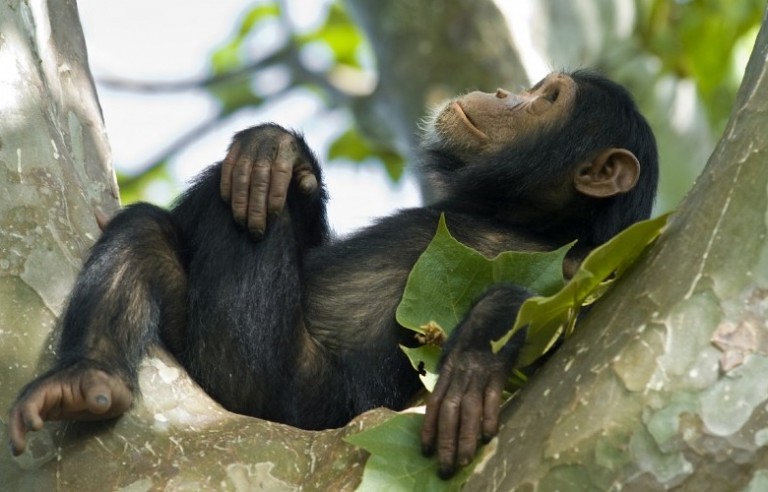
Cultural Experiences: One of the methods the government of Uganda has used to encourage communities live in in harmony with wildlife is to encourage cultural tourism. While on a safari in Queen Elizabeth, tourists are often taken to visit the local communities living close to the park. By visiting local communities, tourists learn a lot about their cultural heritage, traditions and what they do for a living. The tribes living outside Queen Elizabeth national park draw tourists who are interested in attending traditional dance performances, visiting one of the local homes, checking out the local schools and projects by organizations operating in the area. The Kikorongo equator cultural group even takes the performances to lodges and hotels in the evenings.
Boat trip/launch cruise
The boat trip/launch cruise which takes place on the Kazinga Channel, a long natural water channel linking Lake Edward to Lake George is an exhilarating event for the visitors at the park, Tree Climbing Lions in Ishasha Sector.
During the cruise, one gets to enjoy the various sights and sounds that the park’s rich aquatic life extravagantly offers. Besides the large hippopotamuses taking their dips in the waters, the fierce Nile crocodiles basking lazily on the channel banks for a feel of the warm sun are some of the lifetime experiences you will encounter on the cruise. Not to miss are the Pied Kingfishers attempting to grab a meal.
Birding:
Anyone interested in bird watching should consider visiting Queen Elizabeth National Park. The park is home to about 605 species of birds. This implies that half of the overall 1060 species found in Uganda can be sighted in the park. Queen Elizabeth National Park therefore has one of the highest concentration of bird species in the world. This is a dreamland for birders because birds are all over the place. What makes the park so attractive to birds is that it is home to several water bodies, swamps, forests, gorges, craters and other physical features. The top birding spots in queen Elizabeth National Park are the Kazinga channel, the savanna plains, Maramagambo forest, Kyambura gorge and the crater lakes. The species to look out for while on your Uganda birding tour include the broad billed roller, fish eagles, water thick knee, Africa finfoot, cuckoos, black bee eaters, flamingos, warblers, Turcaos, grey-winged robinchaf and the red chested sunbird.
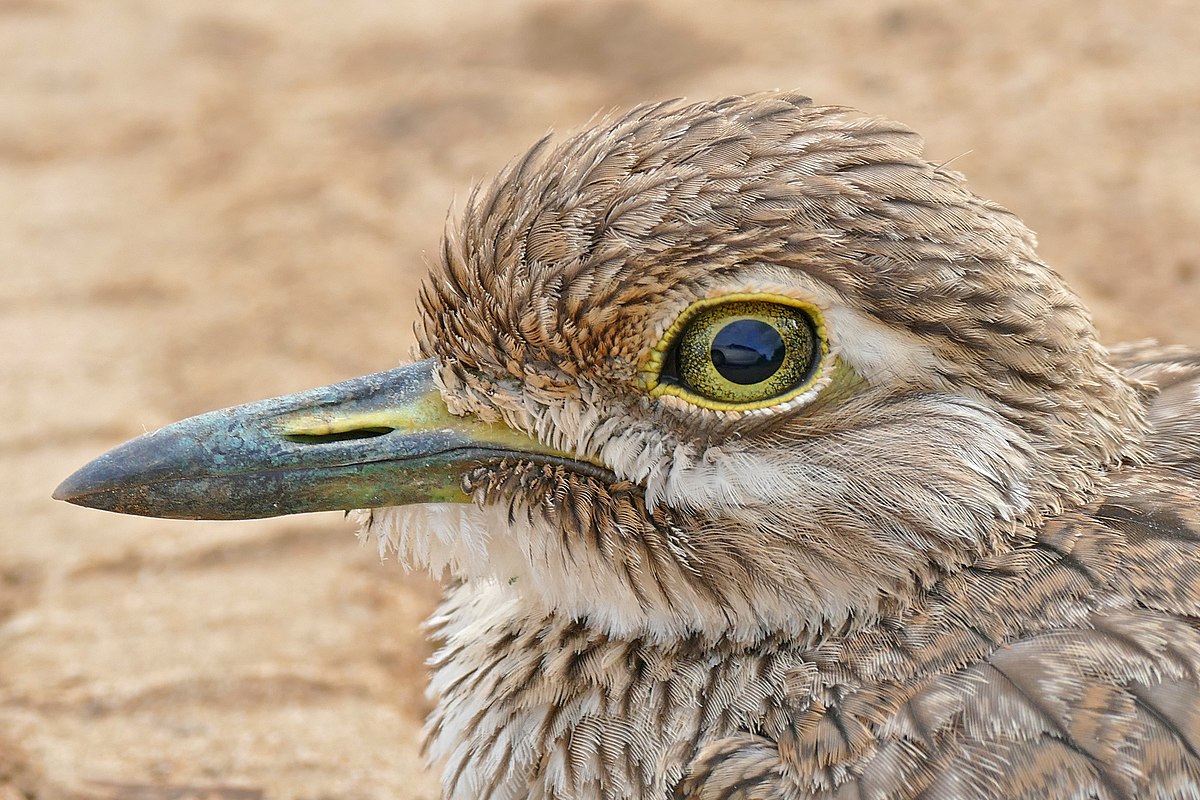
The best time to visit Ishasha
Queen Elizabeth National Park and the Ishasha sector are open to visitors on a Uganda safari throughout the year. The dry season (April, June and July) is considered the peak season for tourists in Uganda. This season is perfect for a safari because the park is less muddy and the lions are easier to locate. The months of April, May, October and November are the rainy seasons and are more ideal for bird-watching.

